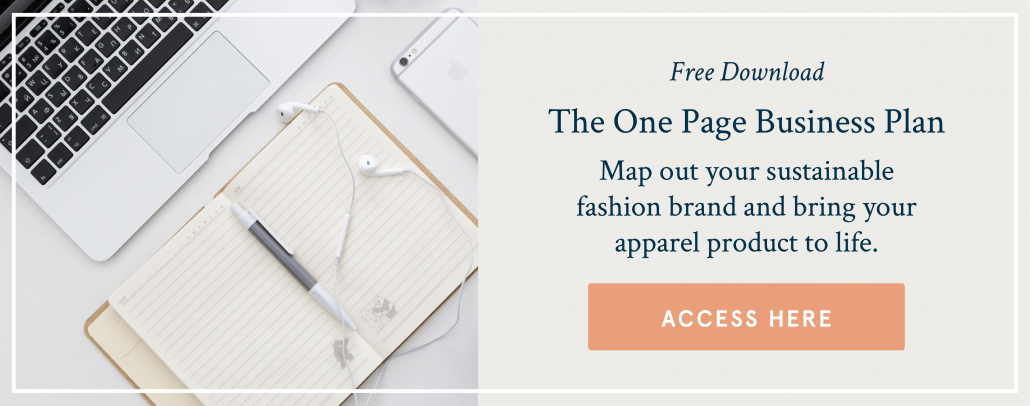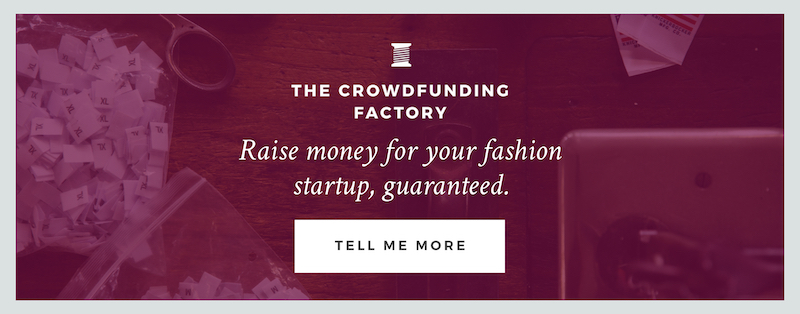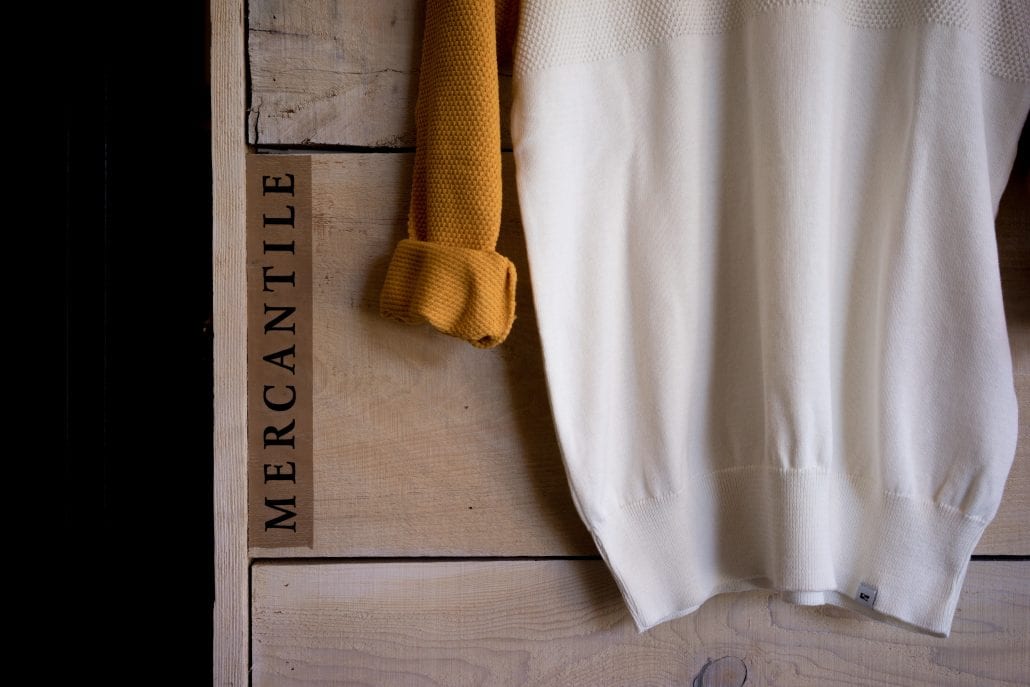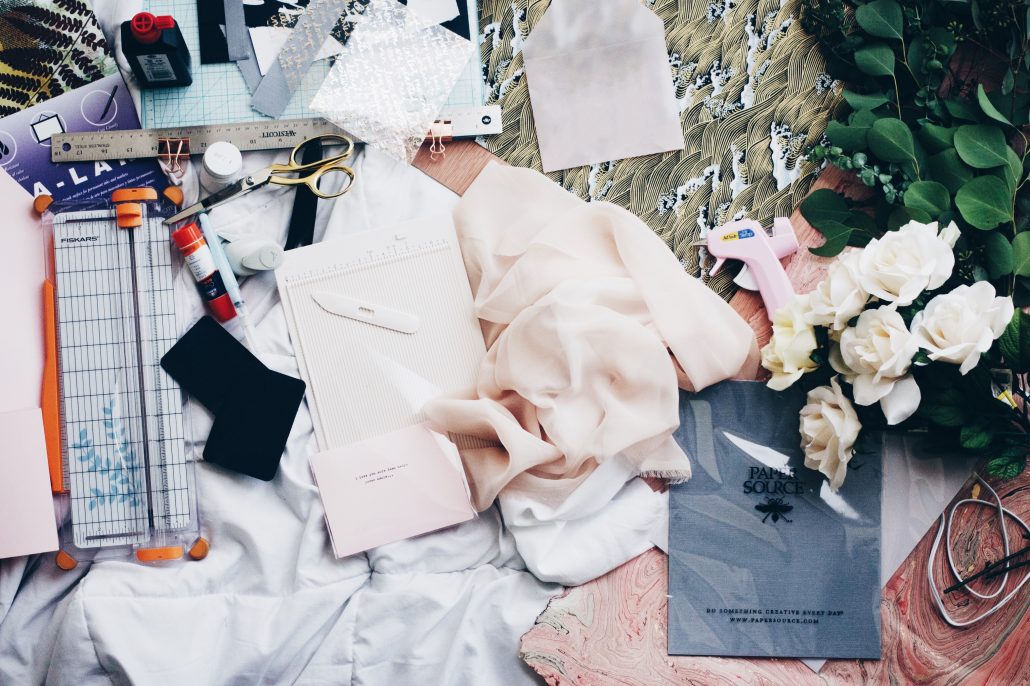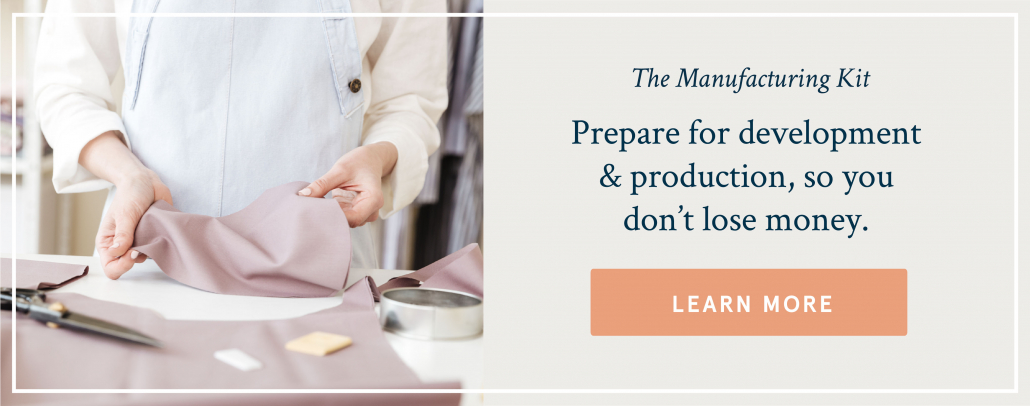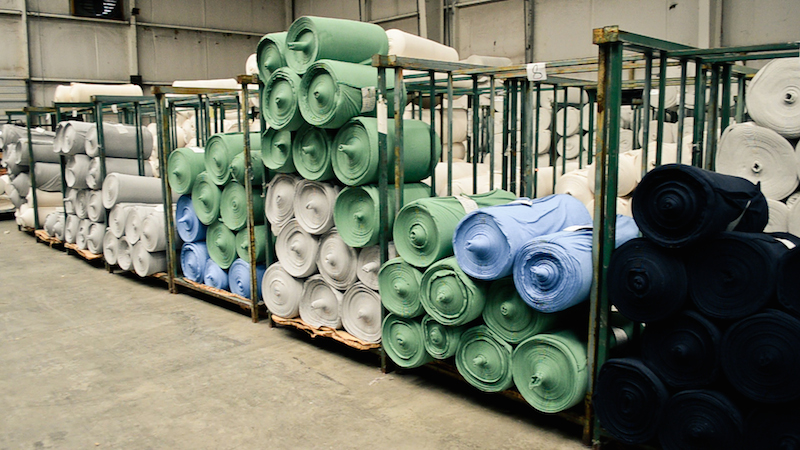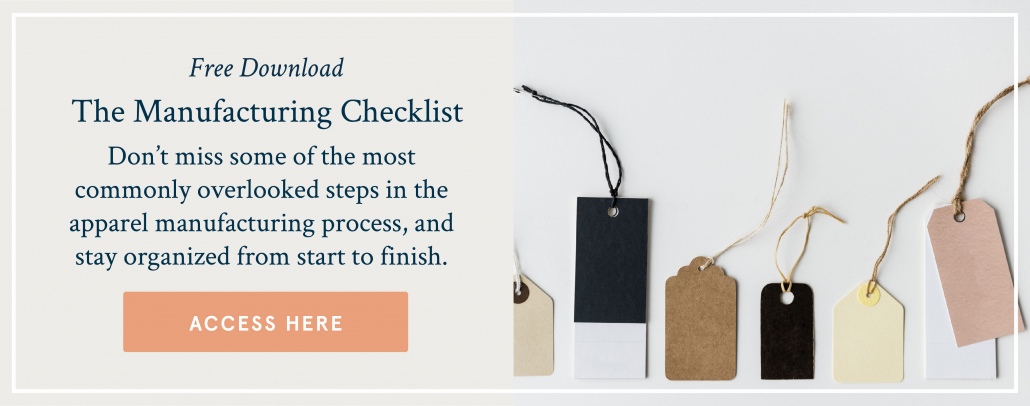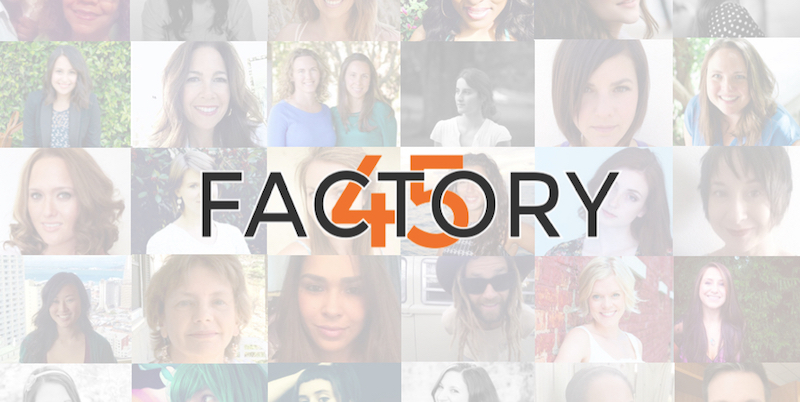When I was growing up my parents always said,
“Work hard and it will pay off.”
When I knew I really shouldn’t sign up for that AP Biology class I did it anyway because, you know,
“I’ll just work harder.”
When I made an audition tape for an internship with Nike, I scripted out the entire four-minute video, storyboarded each shot and had multiple costume and set changes, because well,
“They’ll see how hard I worked.”
When I applied for a fellowship with NPR, competing against thousands of top-tier journalism grads, I told myself, I’ll get it because…
“I work really hard.”
Turns out, I got a “C” in AP Biology, didn’t get the internship with Nike and wasn’t even asked for an interview with NPR.
(My parents also have many words of wisdom for dealing with disappointment.)
Of course you need a hearty dose of hard work to accomplish your goals.
But the disclaimer of “hard work pays off” should be, “it’s also no guarantee.”
This was never more apparent than when I became an entrepreneur.
I quickly learned that hard work isn’t going to get you that much farther than the entrepreneur next you.
Because working hard is simply a given.
I’ve spent the past 2.5 years working with and observing other entrepreneurs who have set out to start businesses of their own.
A lot of them work hard. And some of them don’t.
But there are other qualities that make far more of an impact:
>> They’re resourceful. I don’t mean they can forage for wild berries and make a bonfire with two twigs, I mean they have an attitude of, “I’ll figure this out.” Successful entrepreneurs know that every problem has a solution and they aren’t afraid to take action to find it.
>> They’re willing to take risks. Deciding to start your own business feels like a huge risk in itself, but it’s just the first one. Your entire entrepreneurial career will be made up of opportunities to take more risks.
Unfortunately, the word ‘risk’ typically comes with a negative connotation. Most of us were taught to follow the straight and narrow path that has road signs with the word “Conventional” along it.
One of the best things I ever did for my own business, and peace of mind, was start trading out the word ‘risk’ for ‘experiment.’
I’m experimenting with this marketing strategy… I’m experimenting with this type of business model… I’m experimenting with hiring this person…
>> They’re not easily derailed. The true test of an entrepreneur is when things go wrong. How will you handle it? Will it be the end of the world and cause you to curl up in the fetal position? Or will you look at it as an opportunity to try something new and come up with a new solution?
Real success is a series of baby steps and the entrepreneurs who break apart from the pack are the ones who keep their energy up.
They don’t let a tech glitch destroy their mood. They don’t let a confusing email from a supplier derail their focus. They don’t let a botched sample force them under the covers.
I once had an entrepreneur friend tell me that she starts working at 10am and is done by 5pm because, “She gets more work done during that time than the average person gets done in a 12-hour day.”
Needless to say, I appreciated her honesty.
Hard work is not the same as productivity, or attitude, or impact.
Successful entrepreneurs know that “working hard” is just another day at the office.


